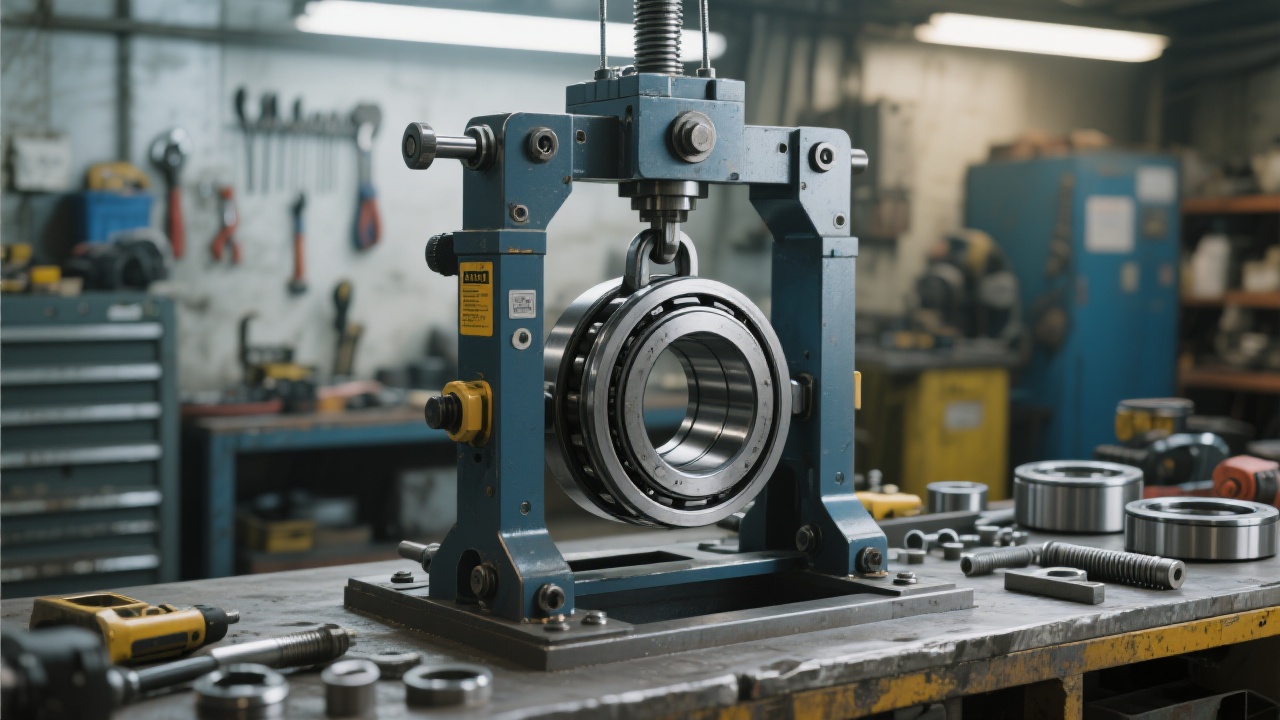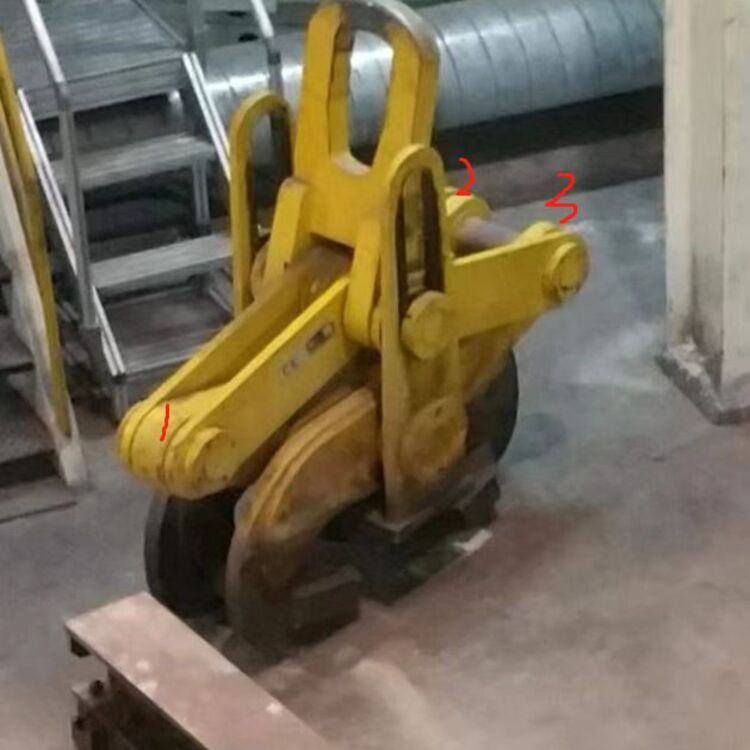
Mastering the daily maintenance skills and common fault troubleshooting methods of industrial bearing handling tools is the key to ensuring the safety of heavy - load operations and extending the service life of equipment. This article delves deep into the durability design principle of Tiding Heavy Industry's high - strength bearing lifting tools (high - quality alloy steel + CAD structural optimization). Combining with high - frequency working condition practical cases, it will teach you step by step how to carry out scientific maintenance, identify early wear signals, and quickly handle typical faults, helping you reduce downtime and improve production efficiency. Let every handling operation be safer and more efficient.

The choice of materials plays a decisive role in the wear resistance of industrial bearing handling tools. Tiding Heavy Industry uses high - quality alloy steel in its bearing lifting tools. Alloy steel has excellent hardness and toughness, which can withstand high - intensity friction and impact during high - frequency operations. According to relevant data, compared with ordinary steel tools, the wear resistance of tools made of high - quality alloy steel can be increased by about 30% - 50% under the same working conditions.
The advanced structural design of Tiding Heavy Industry's tools is another highlight. Through CAD structural optimization, the safety and operation convenience of the tools are greatly improved. For example, the optimized structure can evenly distribute the load during the lifting process, reducing the stress concentration and potential safety hazards. In addition, the design also takes into account the ergonomic principles, making the operation more labor - saving and convenient. In a real - world customer feedback, a user mentioned that after using Tiding's tool, the operation time for a single bearing handling was reduced by about 20%, which significantly improved the work efficiency.

Surface treatment technology also has a significant impact on the performance of industrial bearing handling tools. Tiding Heavy Industry applies advanced surface treatment technology to its tools, which can effectively improve the corrosion resistance and oxidation resistance of the tools. In high - humidity or corrosive environments, the surface - treated tools can maintain their performance for a longer time, reducing the probability of early failure. For example, in a chemical plant, the surface - treated tools can work normally for more than 6 months without significant corrosion, while ordinary tools may start to corrode after 2 - 3 months.
Based on real customer feedback and on - site maintenance records, we can analyze the types and causes of frequent faults in high - frequency operations. Common faults include wear of the clamping system, loosening of the connection parts, and damage to the lifting chain. The main causes of these faults are long - term high - intensity use, lack of regular maintenance, and improper operation. For example, if the clamping system is not calibrated regularly, it may lead to uneven clamping force, resulting in premature wear of the clamping parts.
To help you better maintain your tools, here are some practical guides:

Preventive maintenance is crucial for reducing replacement costs and safety hazards. We recommend that you establish a standardized maintenance process, including regular inspections, lubrication, and calibration. By doing so, you can detect and deal with potential problems in advance, reducing the probability of sudden failures. For example, through regular inspections, you can identify early wear signals and replace the worn parts in time, which can effectively reduce the replacement cost in the long run.
Tiding Heavy Industry always guards the safety of every operation with quality. Use scientific maintenance to gain long - term trust. Do you want to learn more about the maintenance of industrial bearing handling tools? Click here to get more professional guidance and solutions.

